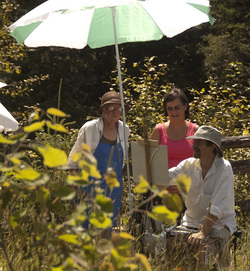 The following are ten steps I encourage all of our students to consider as they paint.
Cheers, Keith Thirgood www.wilsonstreetstudios.com
1 Comment
|
Keith ThirgoodIs an artist working in the Canadian, post impressionist style. I paint en plein air when I can and in the studio the rest of the time. Archives
June 2019
Categories
All
|
 RSS Feed
RSS Feed
